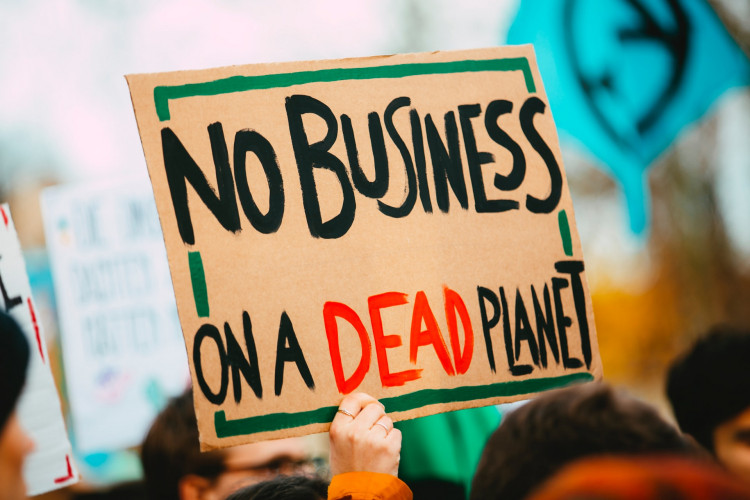Methane is a potent greenhouse gas that can be found in the atmosphere for up to nine years. Taking into account the impacts it has on other gases, its cumulative global warming impact since 1750 has been around half that of carbon dioxide.
According to measurements collected by the National Oceanic and Atmospheric Administration (NOAA) in the U.S., methane has just reached 1,900 parts per billion (ppb) of Earth's atmosphere. This compared to approximately 700 ppb before the industrial revolution.
After rapidly increasing in the 1980s and 1990s, atmospheric methane levels then stabilized. Growth resumed in 2007 and has accelerated in recent years, with 2020 seeing the biggest increase on record.
This was not anticipated when world leaders signed the Paris Agreement in 2015. Methane is becoming the most significant deviation from the emission trajectories required to fulfill the agreement's target.
So, what's causing the latest uptick - and is there a way to stop it?
Every year, around 600 million metric tons of methane are released into the atmosphere. According to estimates, two-fifths of these emissions are caused by natural sources, primarily rotting vegetation in marshes. The remaining three-fifths of emissions are caused by human activity.
Emissions from the fossil fuel industry exceed 100 million metric tons per year, and they increased substantially in the 1980s. Natural gas, which heats houses and generates about half of the energy in the U.K., is primarily methane.
Leaks from the gas industry are common at wells and pipelines, as well as distribution pipes beneath streets and residential boilers. Between 2000 and 2017, the coal industry was responsible for up to one-third of all fossil fuel emissions, thanks to ventilation shafts in mines and coal transportation and crushing for power plants.
Agriculture is the largest overall source, producing roughly 150 million metric tons each year. Urban landfills and sewage systems, which contribute around 70 million metric tons annually, are also to blame.
Furthermore, methane pollution has been linked to heart disease, birth defects, asthma, and other negative health effects. These have the greatest impact on frontline and fenceline populations, the majority of whom are people of color.
A methane level of 1,900 ppb is considered a fire alarm. We will not be able to stop natural wetland emissions. However, human-caused emissions can be rapidly reduced. At the most recent UN climate change summit, COP26 in Glasgow in November 2021, more than 100 countries signed the Global Methane Pledge, vowing to reduce methane emissions by 30 percent by 2030.
Plugging gas leaks, covering landfills, halting crop waste burning, and removing methane from coal mine ventilation are all straightforward ways to get started. All of these initiatives will have broader benefits, such as lowering air pollution, but major polluters like China, India, Russia, Qatar, and Australia have declined to participate. Absent nations injure themselves in the long run and should join the pledge.






